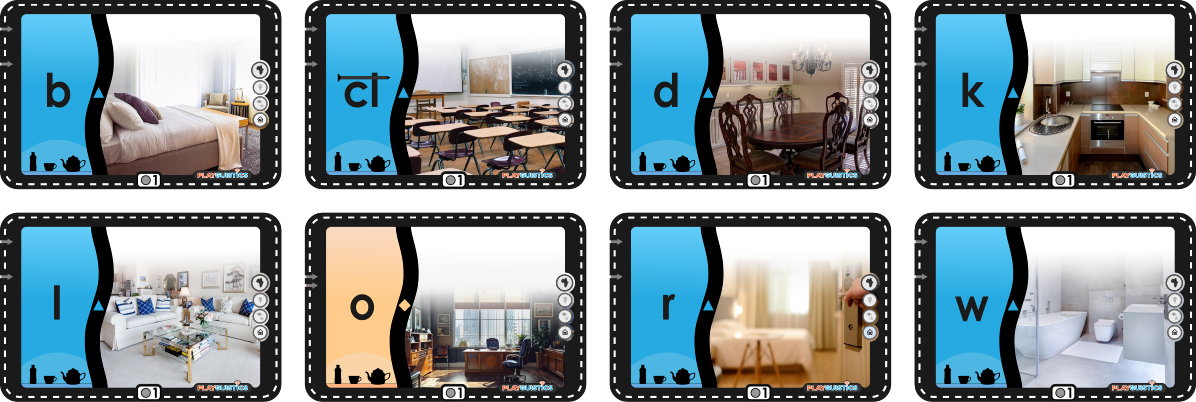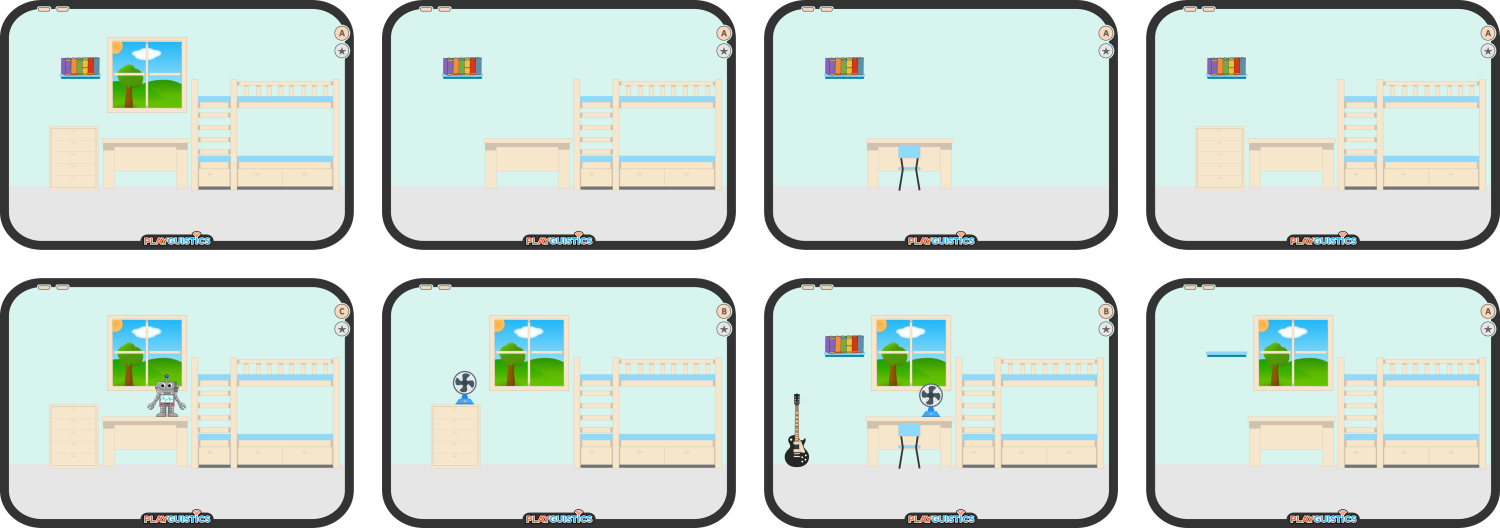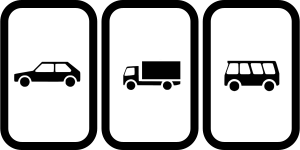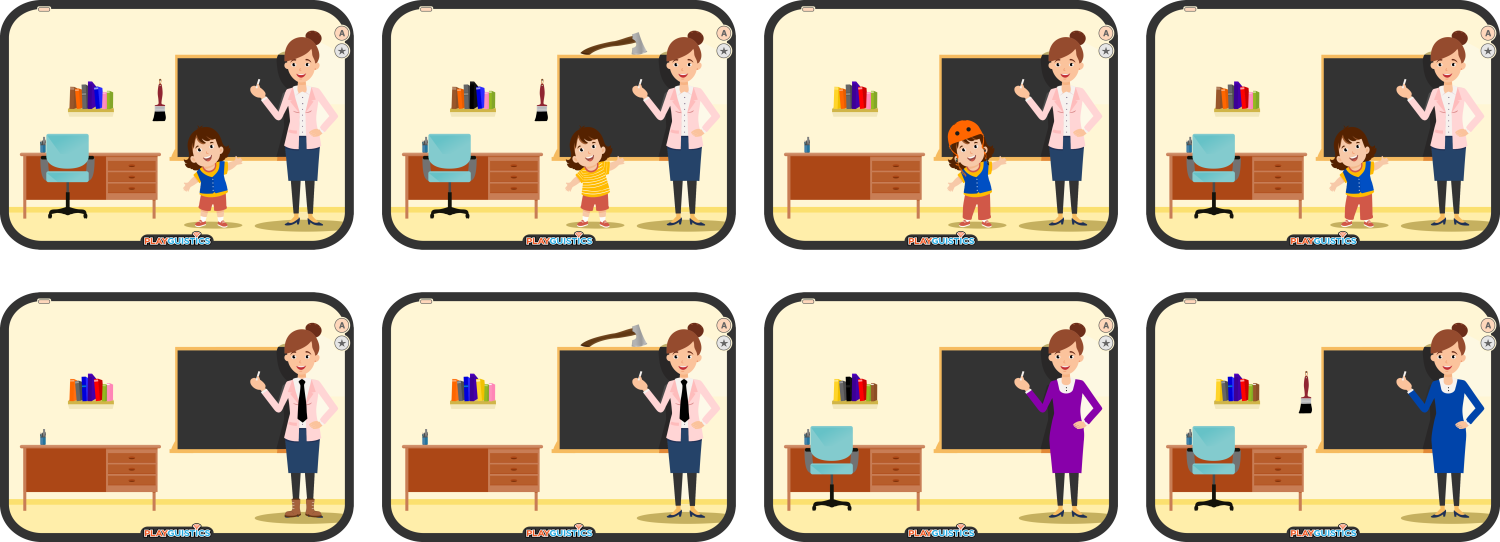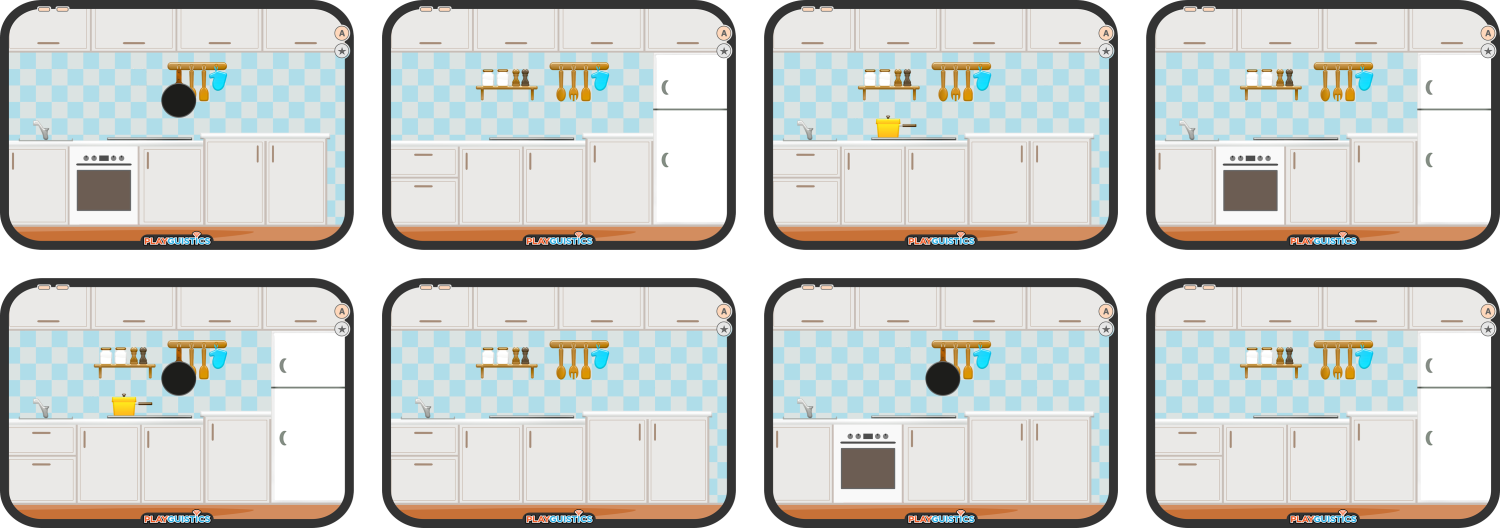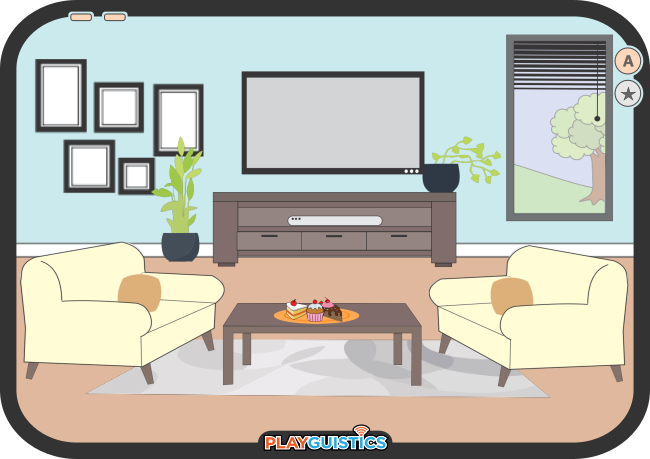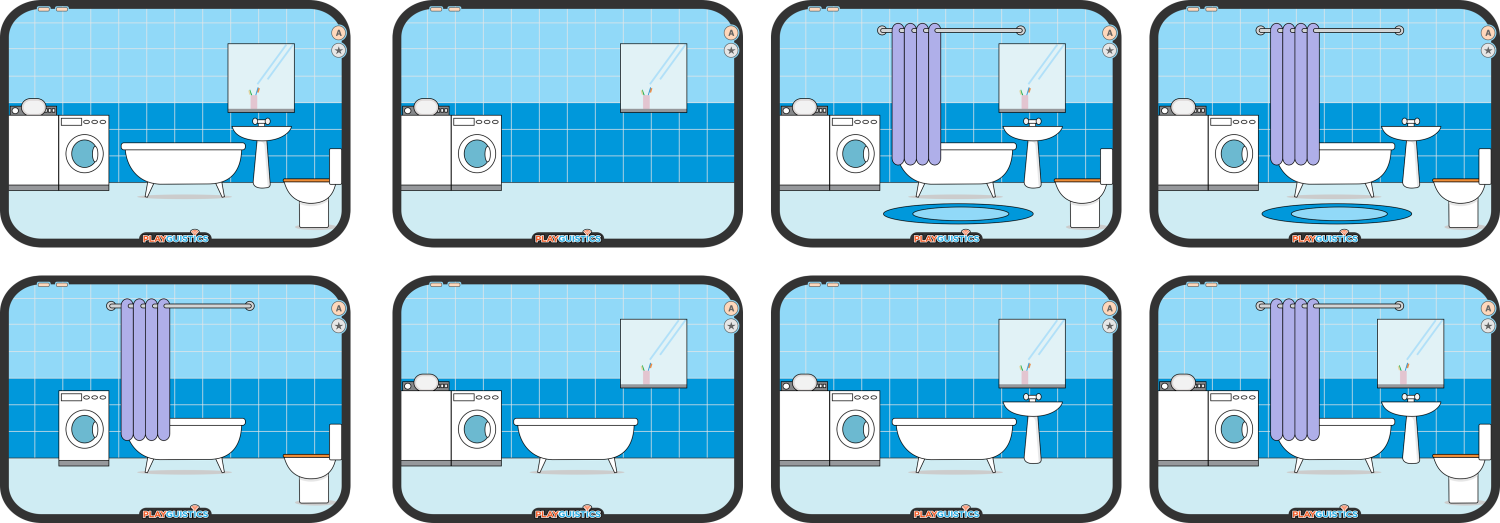Vocabulary Knowledge
|
It may be best to begin learning about rooms by first learning the names of various rooms. Use the Rooms Flashcard Set of our Vocabulary Flashcards to teach your students vocabulary words for this topic.
Household Objects Vocabulary Cards Rooms are best taught in conjunction with the objects most commonly found in specific rooms. Use the Household Objects Flashcard Set of our Vocabulary Flashcards to teach your students vocabulary words for this topic. Coming Soon: Available December 2024
|
|
|||
Speaking Activities & Games
|
The Bedroom Card Game is an easy-to-learn and easy-to-play game suitable for English beginners. It provides the opportunity for participants to get repeated practice using common bedroom relevant vocabulary words while having fun play a mildly competitive game. Several sets of 16 cards are available for this game, with some of the sets being purpose-designed for practicing using prepositions in sentences. Played in partner-pairs of two, participants take turns being either the asker and the answerer. The answerer draws a single card from a set of 16 cards (but keeps it secret), while the asker lays out an identical set of 16 cards in front of them. The asker then needs ask a series of simple questions to deduce which of the 16 cards in front of them matches the "secret card" held by the answerer. The sentence pattern "Do you see a _________________ in the bedroom?" is used by the asker in this game, with different common bedroom objects and furniture systematically inserted into the blank. After using this sentence pattern to ask a question, based on the answerer's response, the asker can flip any cards that CAN'T be a match to the "secret card" face-down, until only one animal card remains face up.
|
|
|||
|
This set of 16 multi-purpose Classroom Scene Cards can be used to play a deduction card game that primarily uses clothing vocabulary. Played in partner-pairs of two, participants take turns being either the asker and the answerer. The answerer draws a single card from a set of 16 cards (but keeps it secret), while the asker lays out an identical set of 16 cards in front of them. The asker then needs ask a series of simple questions to deduce which of the 16 cards in front of them matches the "secret card" held by the answerer. The sentence pattern "Is someone wearing (a) _________________?" is used by the asker in this game, with different articles of clothing being systematically inserted into the blank. After using this sentence pattern to ask a question, based on the answerer's response, the asker can flip any cards that CAN'T be a match to the "secret card" face-down, until only one classroom card remains face up.
|
|
|||
|
This set of 16 Kitchen Cards can be used to play a deduction card game that primarily uses clothing vocabulary. Played in partner-pairs of two, participants take turns being either the asker and the answerer. The answerer draws a single card from a set of 16 cards (but keeps it secret), while the asker lays out an identical set of 16 cards in front of them. The asker then needs ask a series of simple questions to deduce which of the 16 cards in front of them matches the "secret card" held by the answerer. The sentence pattern "Do you see a _________________ in the kitchen?" is used by the asker in this game, with different articles of clothing being systematically inserted into the blank. After using this sentence pattern to ask a question, based on the answerer's response, the asker can flip any cards that CAN'T be a match to the "secret card" face-down, until only one classroom card remains face up.
|
|
|||
|
This activity comes with several sets of 16 Living Room Cards can be used to play a deduction card game that allows for focused practice of common living room vocabulary, such as furniture and decorations. However, some of the sets expand beyond this into preposition practice as well. Played in partner-pairs of two, participants take turns being either the asker and the answerer. The answerer draws a single card from a set of 16 cards (but keeps it secret), while the asker lays out an identical set of 16 cards in front of them. The asker then needs ask a series of simple questions to deduce which of the 16 cards in front of them matches the "secret card" held by the answerer. The sentence pattern "Do you see a _________________ in the living room?" is used by the asker in this game, with different objects/furniture being systematically inserted into the blank. After using this sentence pattern to ask a question, based on the answerer's response, the asker can flip any cards that CAN'T be a match to the "secret card" face-down, until only one living room card remains face up.
Coming Soon: Available September 2024
|
|
|||
|
This set of 16 Washroom Cards can be used to play a deduction card game that primarily uses clothing vocabulary. Played in partner-pairs of two, participants take turns being either the asker and the answerer. The answerer draws a single card from a set of 16 cards (but keeps it secret), while the asker lays out an identical set of 16 cards in front of them. The asker then needs ask a series of simple questions to deduce which of the 16 cards in front of them matches the "secret card" held by the answerer. The sentence pattern "Do you see a _________________ in the washroom?" is used by the asker in this game, with different appliances/objects/fixtures being systematically inserted into the blank. After using this sentence pattern to ask a question, based on the answerer's response, the asker can flip any cards that CAN'T be a match to the "secret card" face-down, until only one washroom card remains face up.
|
|
|||
